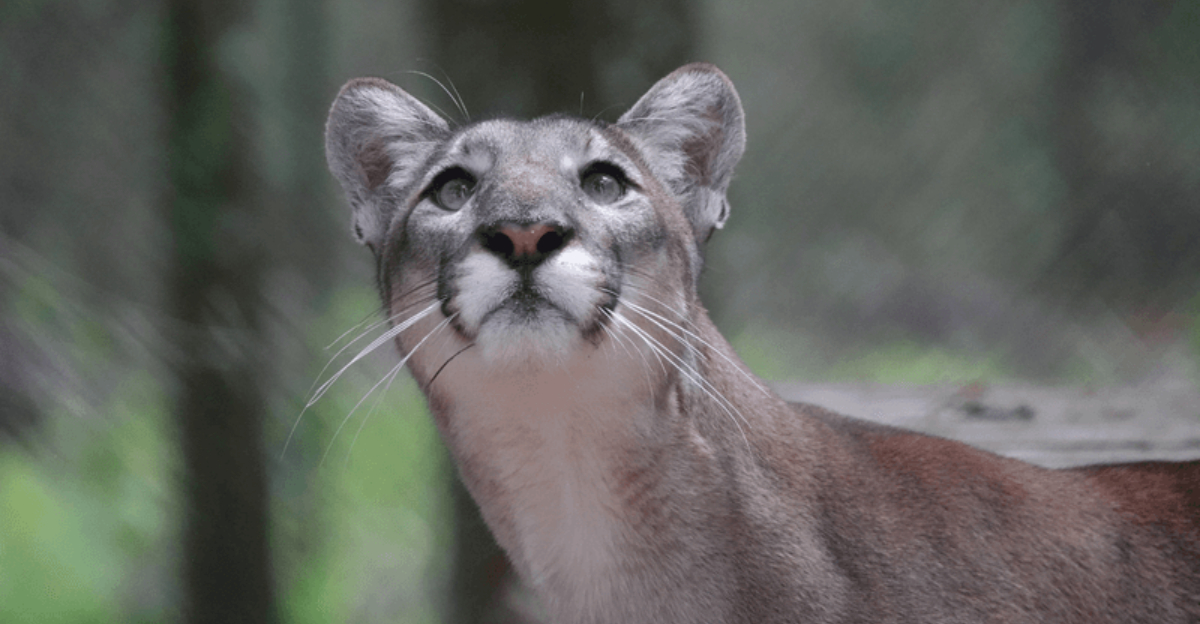The Florida panther teeters on the edge of extinction as America’s last wild cougar population east of the Mississippi.
Once reduced to just 20-30 cats in the early 1990s, these majestic predators now face a complex battle for survival against habitat loss, roadway dangers, and genetic challenges.
Their story represents both a warning about endangered species and a testament to determined conservation efforts.
1. The Last Eastern Mountain Lions
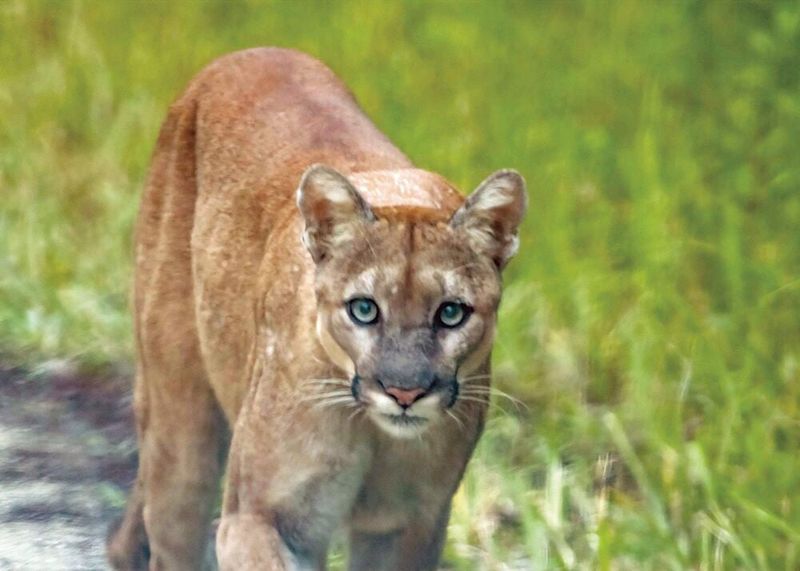
Hidden in South Florida’s swamps and forests, these tawny cats represent the final stronghold of eastern North American cougars. Every other population has vanished completely.
Unlike their western cousins, Florida panthers evolved unique adaptations to humid lowland habitats. They hunt deer and wild hogs through cypress stands and saw palmetto thickets, maintaining the delicate Everglades ecosystem as top predators.
2. Crisis On The Road Decimating Panthers

Speeding vehicles pose the greatest threat to panther survival. In 2023, 21 panthers were lost due to collisions with cars on Florida highways, a significant loss for a population estimated at 120-230 individuals, including adults and juveniles.
Male panthers roam territories spanning 200 square miles, crossing numerous roads in their search for mates and prey. Young males disperse even farther, attempting to establish new territories in landscapes increasingly fragmented by development.
3. Genetic Rescue: Texas Cougars to the Rescue
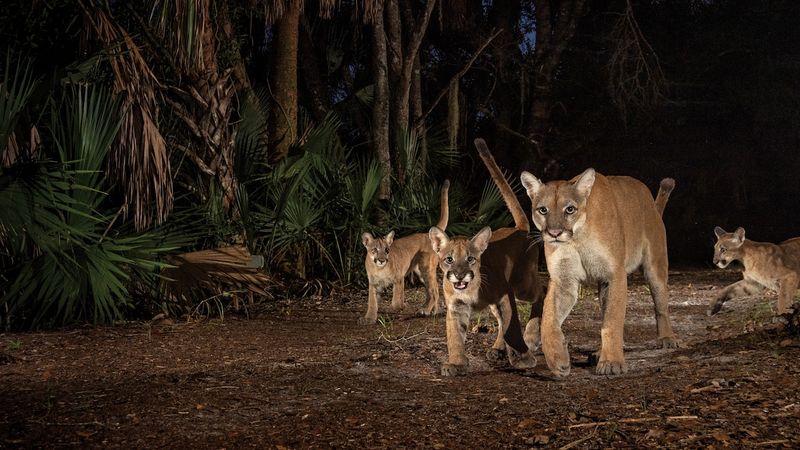
Desperate times called for revolutionary measures in 1995. With panthers suffering from genetic defects (kinked tails, heart problems, poor sperm quality), biologists released eight female Texas cougars into Florida’s wilderness.
The gamble paid off magnificently. New genes swept through the population, reducing birth defects by 90%. Healthier kittens grew into stronger adults, helping the population triple in size within two decades.
4. Shrinking Territory: The Housing Development Threat
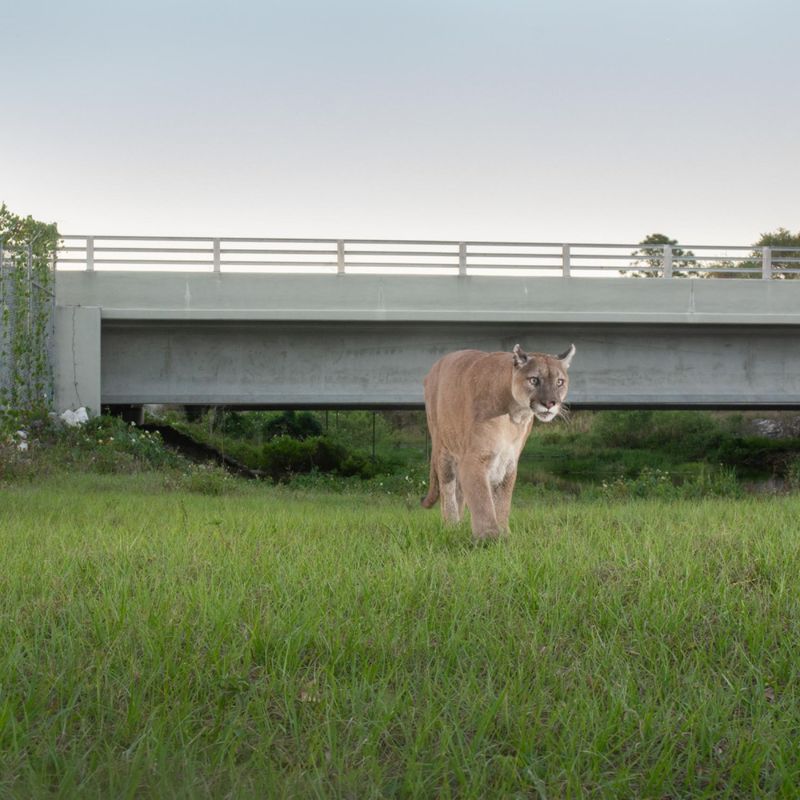
Florida welcomes nearly 1,000 new residents daily, fueling an explosive construction boom directly into prime panther habitat. Each new subdivision, shopping center, and golf course carves away another piece of wilderness these cats need to survive.
Conservation organizations now race to purchase crucial land corridors before developers can. Panthers require connected habitats to maintain genetic diversity and find enough prey—fragmented populations face rapid extinction.
5. Panthers Making a Comeback—But Is It Enough?
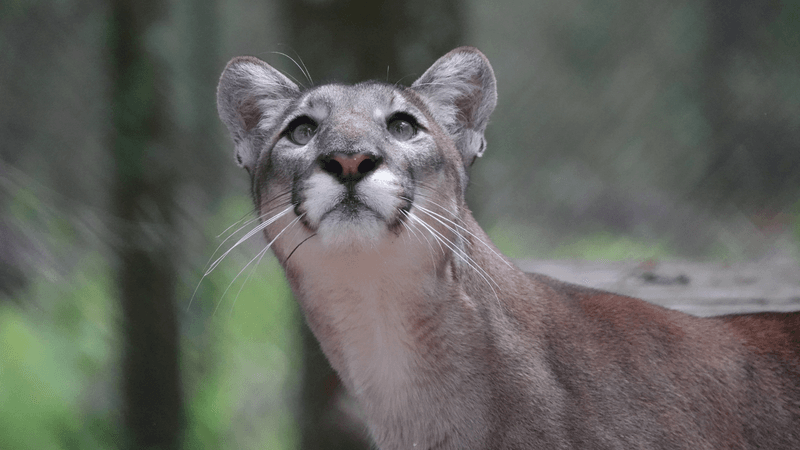
From the brink of extinction, Florida’s panther population has clawed its way back to between 120 and 230 adults, a conservation victory worth celebrating. Yet biologists warn this remains dangerously small for long-term survival.
Future recovery hinges on establishing breeding populations north of the Caloosahatchee River. Female panthers haven’t naturally crossed this waterway in decades, though males occasionally venture northward, giving conservationists hope for eventual expansion.
